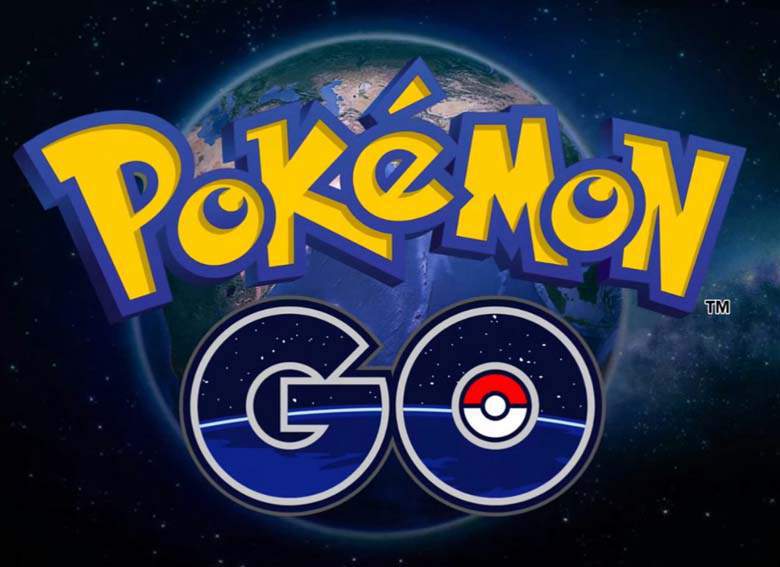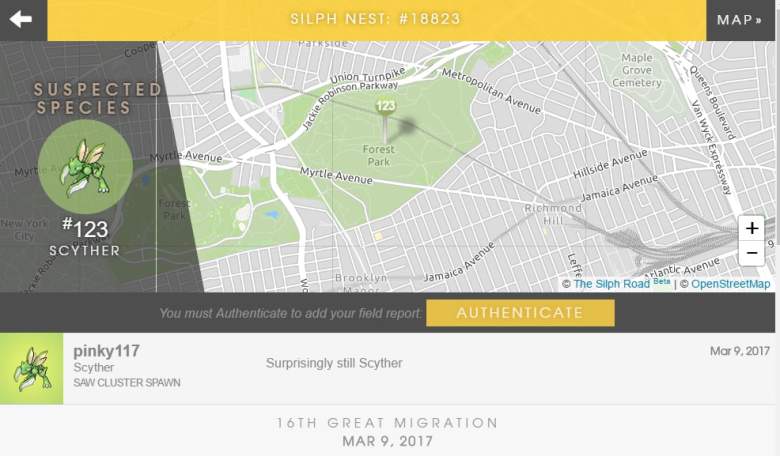Another Pokemon Go nest migration has just taken place. What spawns are different this time around?
In Pokemon Go, a “nest” is a location in the real world where a high frequency of the same type of Pokemon can be found. This is not to be confused with a “biome,” areas where the same types of Pokemon will often be found. You’ll typically find Squirtle near water, for example, but if you find 10 Squirtles concentrated in one location, that’s likely a Squirtle nest.
Every two weeks, Niantic rotates these nests so as to keep the game fresh. Sometimes, a nest will begin outputting a different Pokemon than it did before. Other times, it will remain exactly the same. A nest can also disappear entirely, and new nests are sometimes added.
It’s fairly unpredictable how nests will change during these migrations; just because one Onix nest changes to a Gastly nest, that doesn’t mean all Onix nests will do the same. But aside from just heading out there and seeing what your local nests have changed to, there’s another way to take a look at the nest changes.
On The Silph Road, there is a map which players use to report nests in their area. What’s most helpful about this is that you can see on which date the nest has been last confirmed. And so if you see a nest which has been verified after March 9th, that means it is up to date, whereas if the verification came before March 9th, it is no longer up to date and the nest may have changed since then.
This is the third migration to take place since the second generation of Pokemon was released; the next migration will occur on Thursday, March 23rd.

